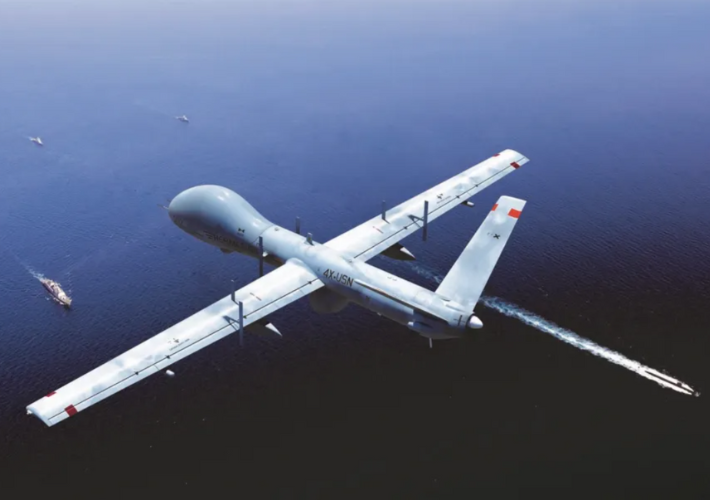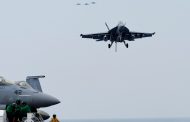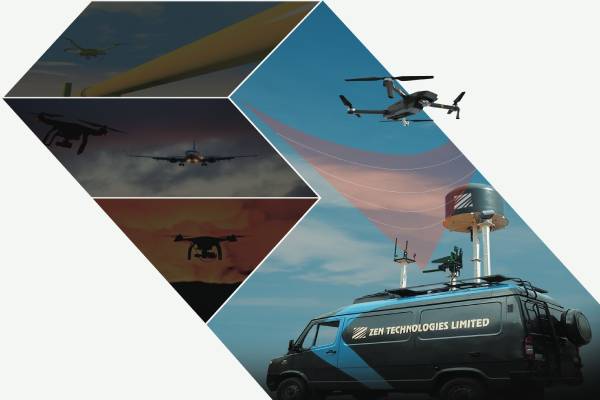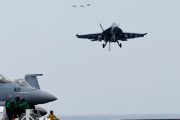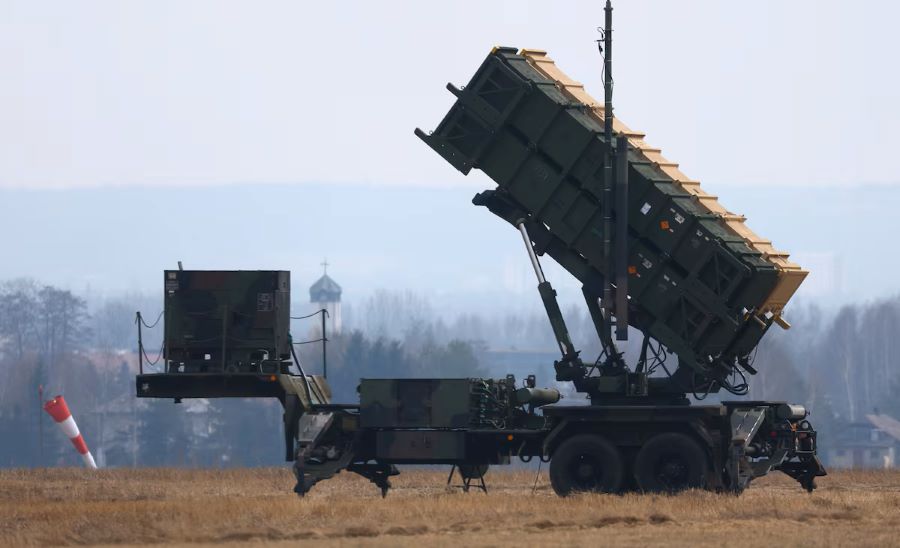The Indian Army will next week get a new, more advanced set of eyes to observe what’s happening on India’s Western Border with Pakistan as the Army will induct the Indian-made version of Israel-based Elbit system’s Hermes-900 Medium Altitude Long Endurance (MALE) Unmanned Aerial Vehicle (UAV) christened Drishti-10 also known as the Starliner made by Adani Defence and Aerospace, which claims 70% of the platform is indigenously built.
The UAV can carry an array of advanced sensory equipment payload that can weigh up to 350 kg. The platform can carry electro-optical sensors, synthetic-aperture radar, ground-moving target indication, systems for communications and electronic intelligence and systems for electronic warfare. The platform can also map large areas and can be used for airborne communication relay. It’s sensors can also be used for hyperspectral imagery that can easily see through field camouflage. The Starliner is the only all-weather UAV that complies with NATO’s STANAG 4671 requirement that stipulates UAV System airworthiness, allowing the platform to seamlessly fly across the airspace of treaty signatories.
The advanced aerial system, assembled in Hyderabad in Telangana, can fly as high as 30,000 feet and can stay airborne for 36 hours at a time in which it can cover over 2,000 km. The army intends to base the UAV in Bathinda in Punjab from where the system can keep an eye on both the desert sector and also up north.
The Mission management is performed in an autonomous manner through the Hermes ground control system. Hermes 900 can perform two concurrent missions from the same ground control system using two ground data terminals.
The induction of the advanced UAV will make the army the second service after the navy to operate the platform. Both services had purchased two drones each under through emergency procurement funds. The Navy has deployed its sole Starliner UAV in Porbandar in Gujarat and it keeps an eye on India’s Western approaches and on deployments of the Pakistani Navy.
Besides India and Israel, Azerbaijan, Brazil, Canada, Chile, Colombia, Iceland, Mexico, Philippines and Switzerland use the impressive drone.




